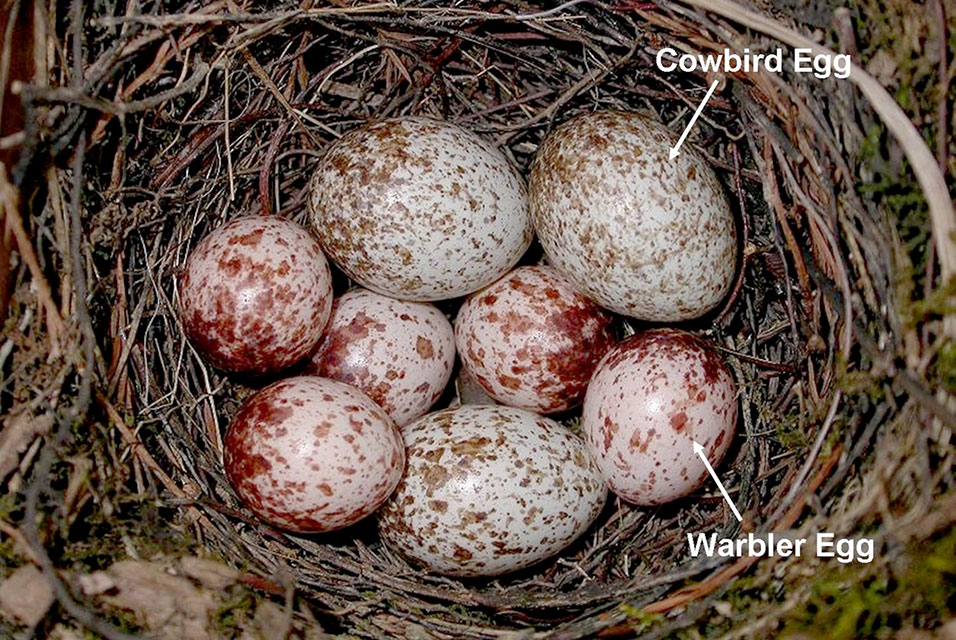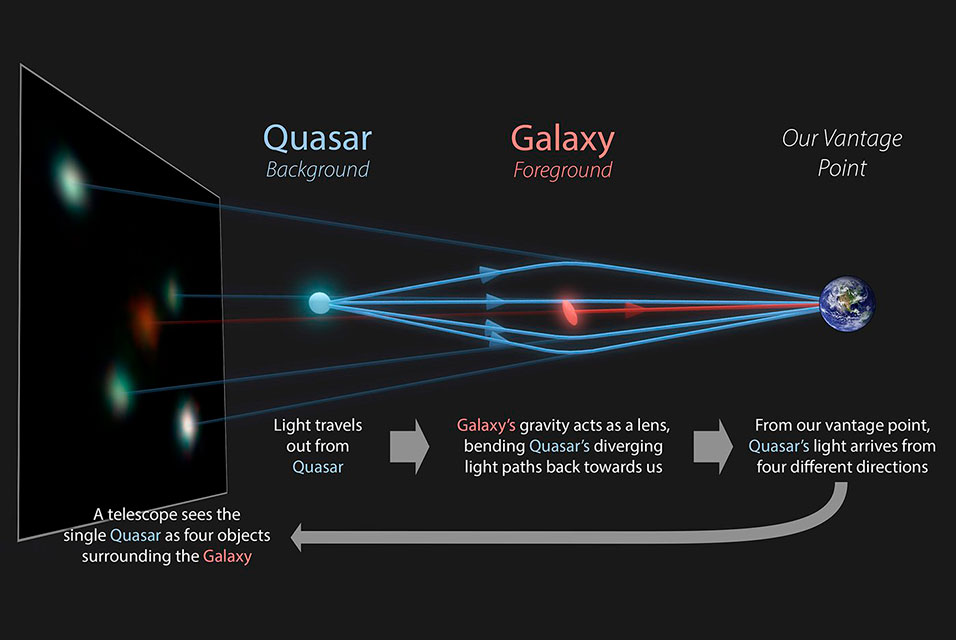CHAMPAIGN, ILL.- Avian brood parasites lay their eggs in the nests of other bird species, forcing the hosts to do the hard work of raising the unrelated young. A team of scientists wanted to simulate the task of piercing an egg – a tactic that only a minority of host birds use to help grasp and eject the foreign eggs. Their study offers insight into some of the physical challenges the discriminating host birds face.
The new findings appear in the Journal of Experimental Biology.
Take cowbirds, for example. Their eggs look nothing like the host birds’ eggs, “yet most of their hosts do not reject the parasite eggs,” said study co-author Mark Hauber, a professor of evolution, ecology and behavior at the
U. of I. and a brood parasitism expert. “One explanation is that the cowbird eggshell is too thick and strong for a small host’s beak to pierce.”
To determine whether the difficulty of piercing a brood parasite’s egg played a role in whether the host bird tried to eject it, Daniel Clark, an undergraduate student working in Hauber’s laboratory, teamed up with another professor in the same department, Philip Anderson, an expert in the biomechanics of piercing, slashing and stabbing. Anderson has previously studied the characteristics that contribute to the cutting and crushing ability of teeth and the piercing power of viper fangs and cactus spines.
The team used chicken eggs in the experiments because collecting and destroying wild bird eggs would be ethically problematic and difficult to standardize. The researchers wanted to determine which elements influenced an egg’s ability to withstand being pierced.
“The factors we specifically looked at in the paper were the presence of a nest, the sharpness of the bird’s beak and the speed at which it struck the egg,” Clark said.
The team measured the energy required to pierce the eggs under different conditions: with and without a nest supporting the egg, with a piercing object approaching the eggs at high or low speeds, and with dull or sharp objects. The researchers used the sharp end of a nail to simulate a sharp beak, and the nail head as a proxy for a dull beak. The experiments involved either a fast-swinging pendulum-mounted nail or a materials-testing device that slowly pushed the nail into the egg.
The researchers said they were surprised to find that the dull end of the nail did a better job of piercing the egg than the sharp end, particularly when striking the egg at a higher speed.
“My lab has done a lot of research on puncture and cutting mechanics, but we’ve always been looking at soft materials such as skin or muscle,” Anderson said. “An eggshell is brittle – more like ceramic than skin. If you’re trying to break something brittle, like glass, it makes more sense to use a hammer than a knife, so this result is not as surprising at it seemed at first.”
The experiments also revealed that nests absorb some of the energy of the nail strike, particularly when the nail moves at slower speeds.
“In the slow-moving experiment, the nest mattered a lot, but the sharpness or dullness of the nail mattered less,” Clark said. “In the fast-moving experiment, the nest mattered less but the sharpness of the nail ended up mattering a lot.”
The team also discovered that the act of repeatedly striking eggs dulled even the sharp end of a steel nail.
“This shows that biological surfaces are a lot more tough and durable than we think,” Clark said.
If pecking at a foreign egg rapidly in the bottom of a nest damages its beak, the host bird might reduce its ability to preen, weave its own nest or feed itself and its young. These findings offer clues to the factors that influence how – and whether – a host bird responds to the arrival of a foreign egg in its nest, the researchers said.
“Our experiments help us to understand the long-standing conundrum of why most hosts of the cowbird and its conspicuous egg have not evolved to eject the parasitic egg from the nest,” Hauber said.
The National Science Foundation and the Joseph B. Hawkes Research Award from the U. of I. supported this research.










